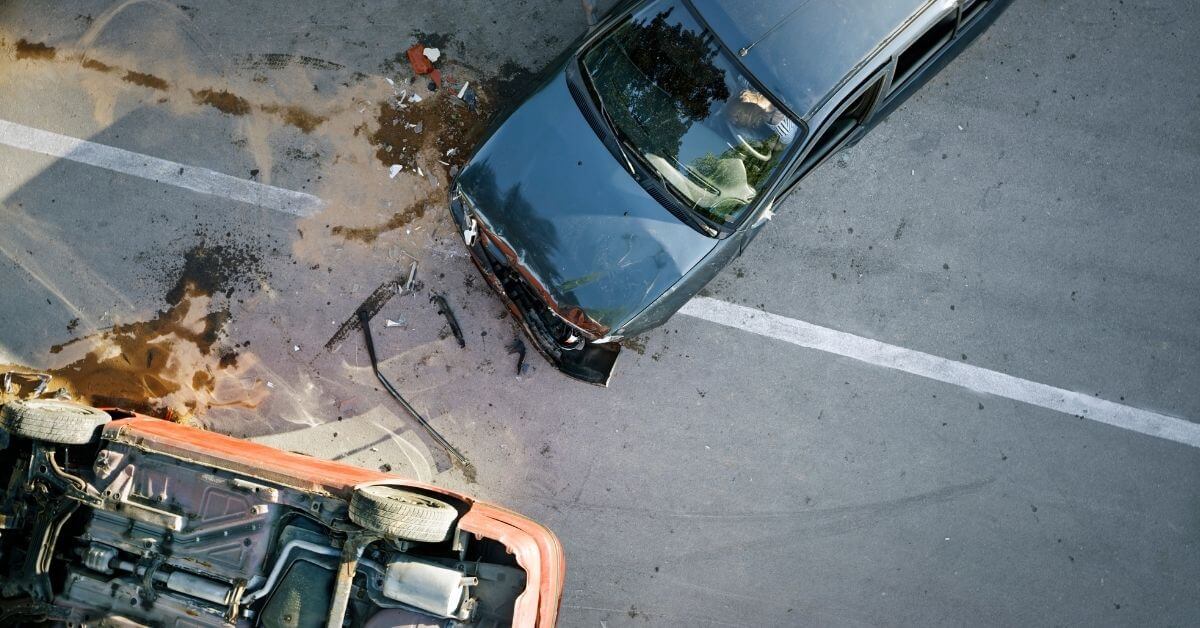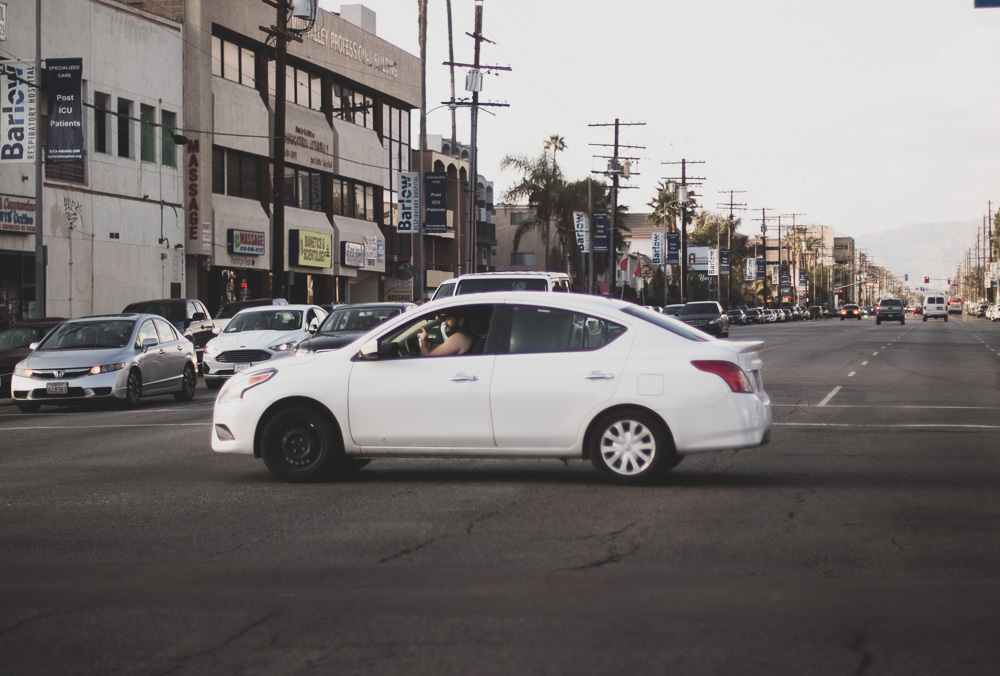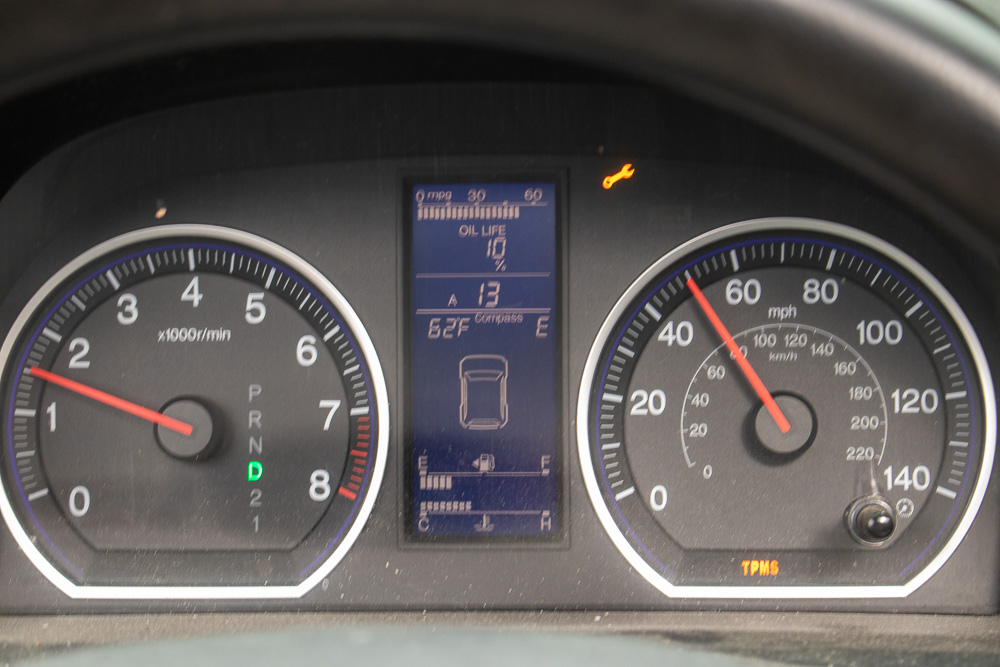Kansas authorities are focusing on speeding drivers as we prepare for the spring and summer travel season. Kansas injury lawyers know speed is among the leading causes of serious and fatal car accidents. Speed not only reduces reaction time but also exponentially increases the impact of a collision. Federal statistics show your chances of serious injury double for each 5 miles per hour over 50 mph at impact. A crash at 60 mph is four times more likely to result in an injury compared to a crash at 50 mph.
The Wichita Eagle reports the local police department will roll out a traffic enforcement division using motorcycles. It will be the first time in nearly 20 years that motorcycle cops will be patrolling the streets and highways of Wichita. Particular emphasis will be paid to dangerous intersections, including Kellogg and Broadway, where 51 crashes were reported last year.
Meanwhile, the Kansas City Star is reporting the Kansas Highway Patrol is urging caution to motorists on Kansas 10 after a rollover crash that is being blamed on speeding forced closure of a portion of the highway.
Impact of Kansas Speeding Accidents
The National Highway Traffic Safety Administration reports that speeding motorists are responsible for nearly one-third of all fatal motor vehicle collisions, claiming more 10,000 lives per year.
Consequences of speeding include greater potential loss of control, reduced effectiveness of safety equipment, increased stopping distance, increased crash severity and greater economic losses in the event of a crash.
Speeding not only means traveling in excess of the speed limit, but also driving too fast for road conditions. So if there is rain, fog, darkness or heavy traffic, motorists are expected to reduce their speed accordingly. Unless otherwise posted, Kansas speed limits are 75 mph on freeways and the turnpike, 70 mph on other highways, 55 to 65 mph on two-lane highways and 20 to 30 mph in residential areas and business districts, according to KHP, but in poor conditions, motorists may need to slow down in order to remain safe.
Liability for Injuries in Speeding Collisions
Kansas is a no-fault state when it comes to car accidents. That means motorists are required to file a claim with their own insurance company first, where they can collect personal injury protection (PIP) benefits. However, it does not mean you cannot pursue an at-fault driver in the event of a serious or fatal car accident – and that includes drivers who were speeding. Those who are seriously injured can pursue a claim for a number of damages, including pain and suffering, medical expenses and lost wages.
In some cases, even a driver who was speeding can collect damages if it was not the primary reason for accident or injury. Kansas negligence laws follow the rule of modified comparative negligence, meaning a jury award may be reduced in proportion to a plaintiff’s share of the blame. Plaintiffs who are found more than half at fault will be barred from making a recovery.
Contacting an experienced auto accident attorney in Kansas is your best bet for protecting your rights to compensation after a serious motor-vehicle collision.





